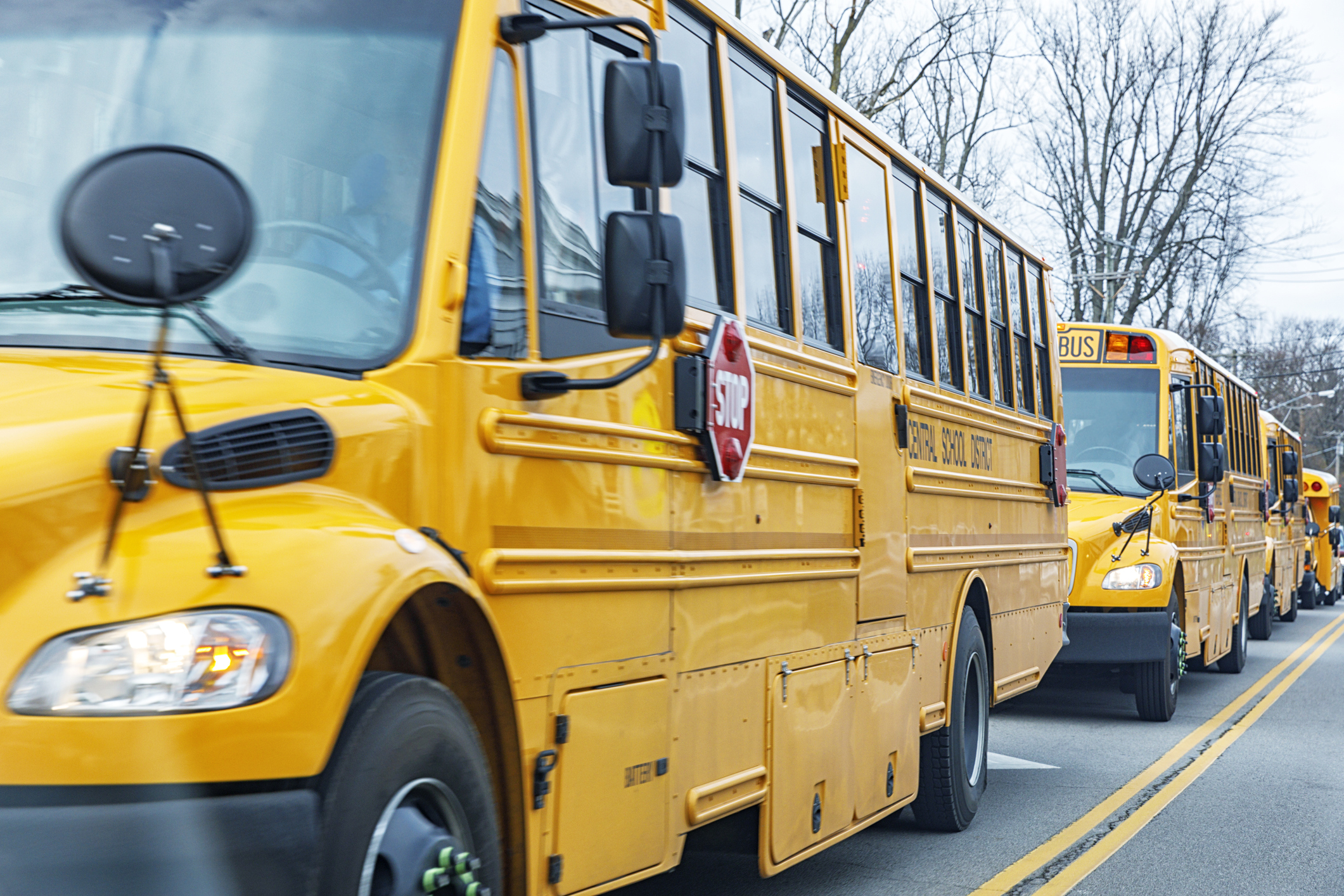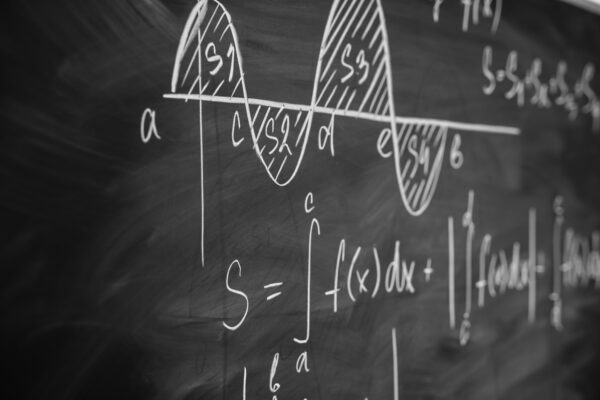Early this morning, the results of the highly anticipated 2024 NAEP were released. The results in a nutshell: student achievement is not back to its pre-pandemic levels, with reading scores especially posting declines and the lowest-performing students continuing to struggle the most. “The news is not good,” said Peggy Carr, NCES Commissioner. “This is a major concern — a concern that can’t be blamed solely on the pandemic.”
Diving more deeply into the results, students clearly struggled with reading more so than math this time around. The average score for both fourth and eighth graders dropped 5 points compared to pre- pandemic. Eighth grade math scores remained 8 points below their pre-pandemic levels, while 4th grade math scores ticked up form two years ago — still 3 points below their pre-pandemic norm but an improvement on the 5-point decline posted in 2022.
What does this mean for where we are relative to learning loss recovery? To answer this question, we use the same calculations we have used previously to analyze what today’s NAEP data says about the state of learning loss in our schools, understanding the limitation of such calculations.
Using Model 1, 12 points on the NAEP scale roughly correspond to one grade level, assuming a 36- week school year, meaning that a point on NAEP would represent three weeks of learning. Under this model, 4th and 8th graders would need about 15 weeks of instruction in reading to make up the losses, or about 42% of a typical school year. (In 2022, their declines suggested they would need about 25% of the school year.) In math, 4th graders would need an additional 9 weeks of instruction to make up the losses (25% of the school year, an improvement from needing 42% based on the 2022 numbers), while 8th graders would need 24 weeks (67% of the school year, no change from 2022).
Under Model 2, 10 points on the NAEP scale roughly corresponds to one grade level, meaning that a point on NAEP would represent just over three-and-a-half weeks of learning in a 36-week school year. Under this model, 4th and 8th graders would each need about 18 weeks, or 50% of the school year, to make up the losses in reading (compared to the 31% they needed based on the 2022 numbers). 8th graders would need about 29 weeks, almost a full school year (81%) to make up the losses in math, while 4th graders would only need about 11 weeks (31%, an improvement on 50% of the year needed previously).

Again, using the two models shows the full range of learning loss students and schools might be facing. And the 2024 numbers show that learning loss is still very much in place, with some unfortunate accelerations.







